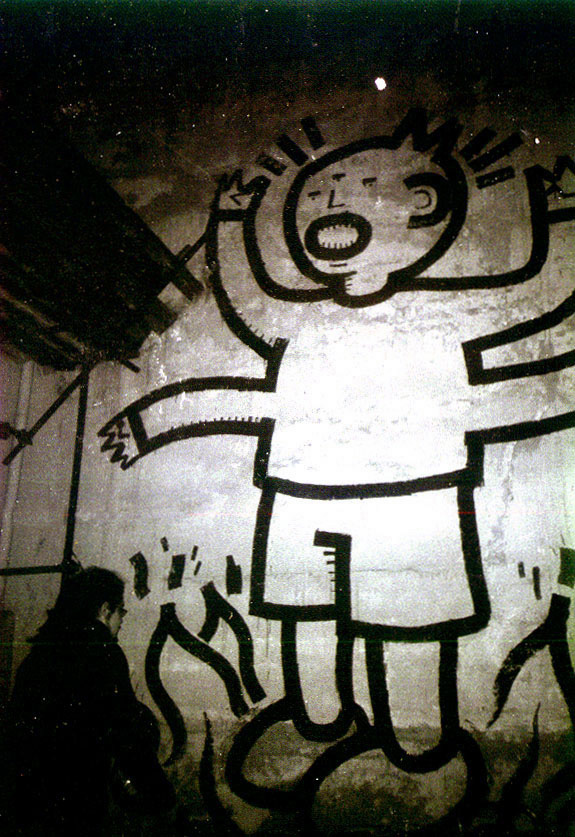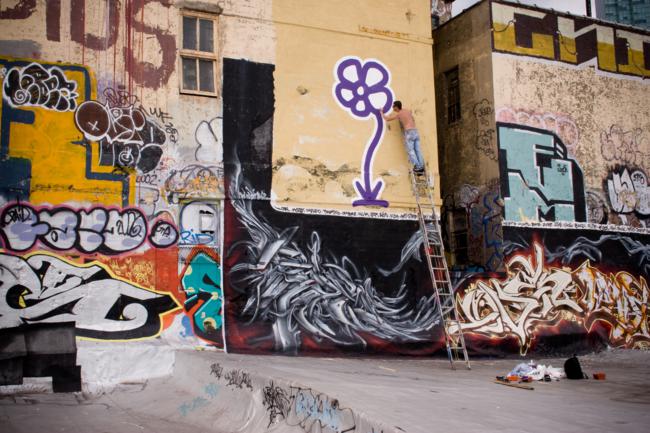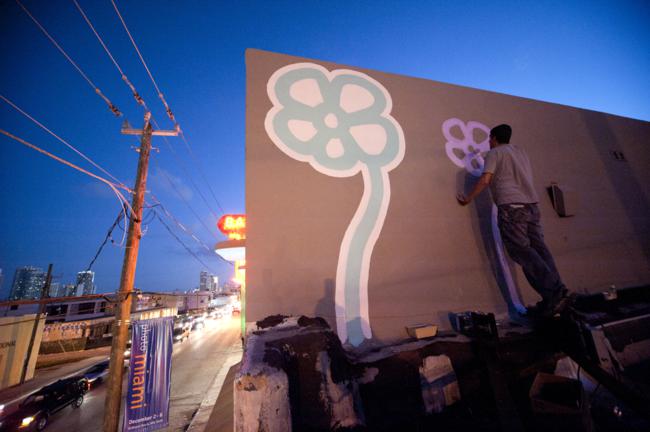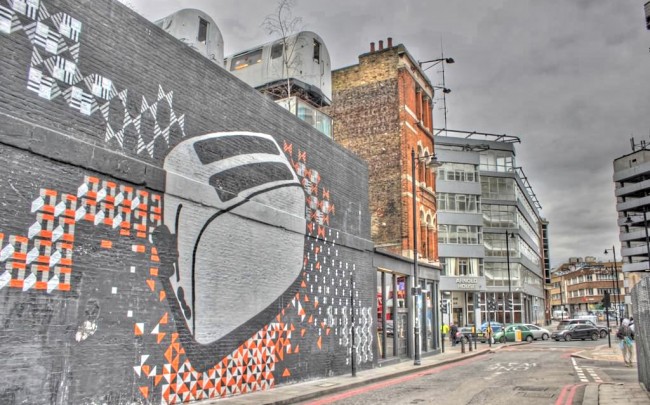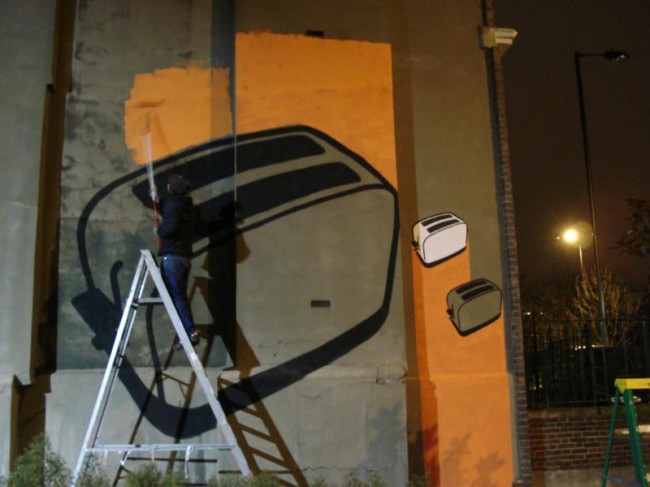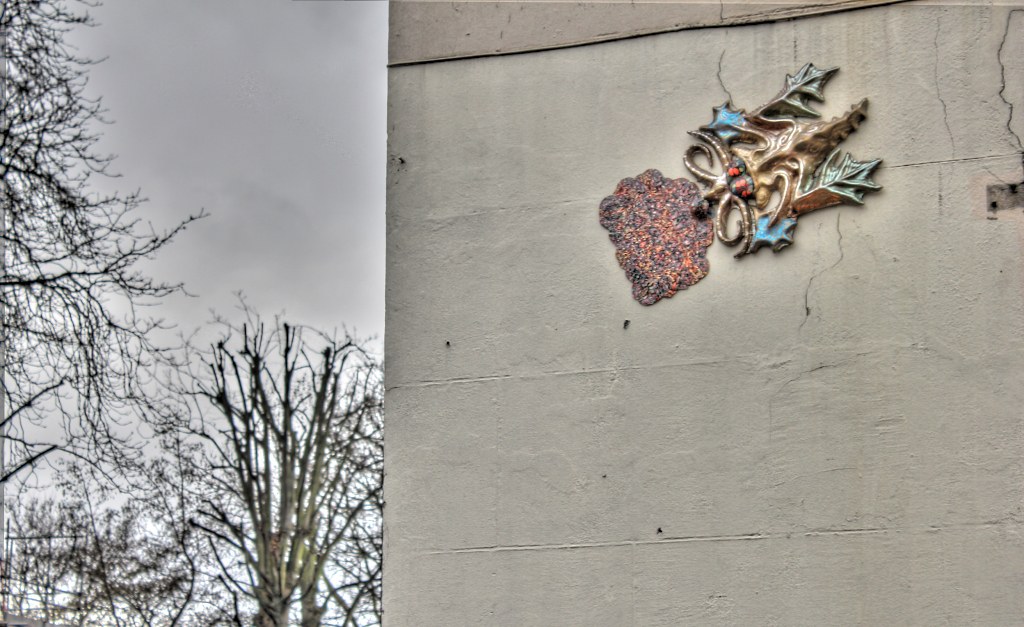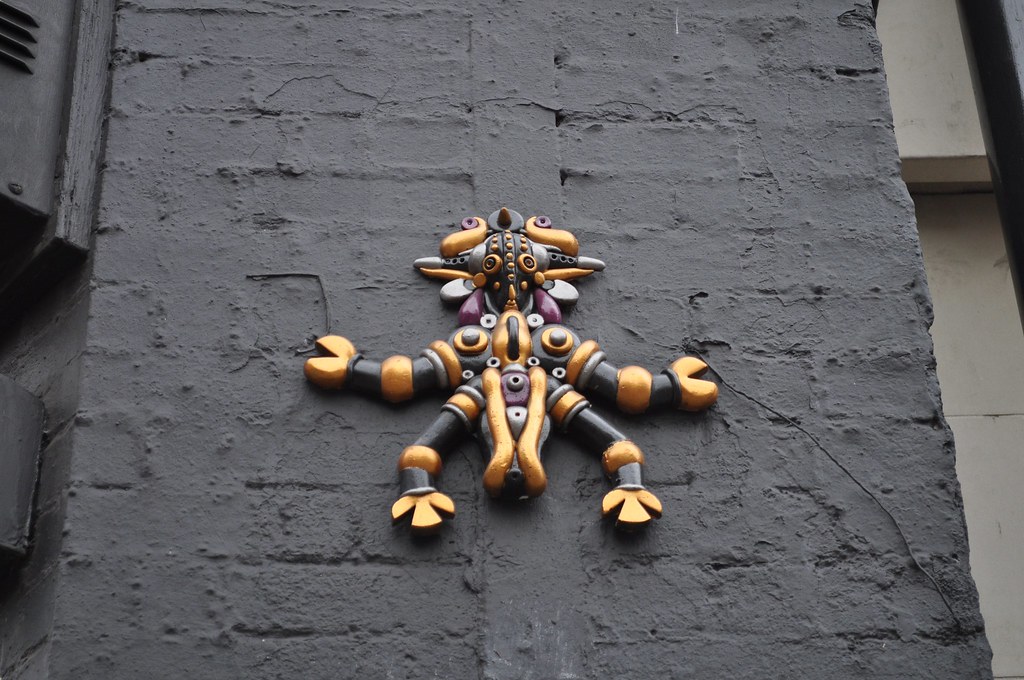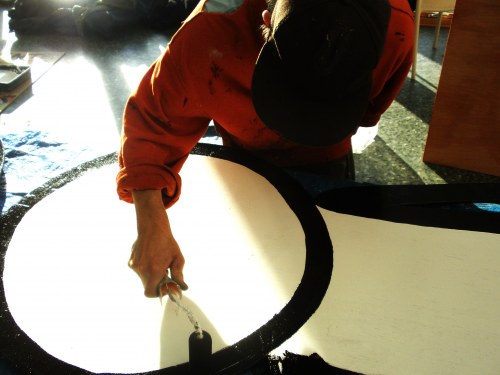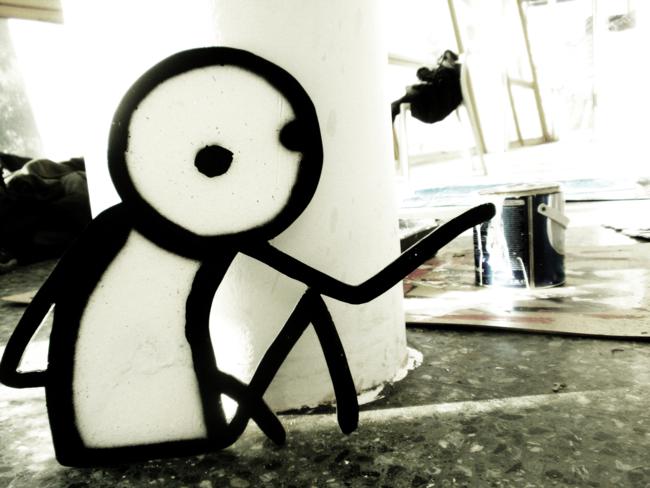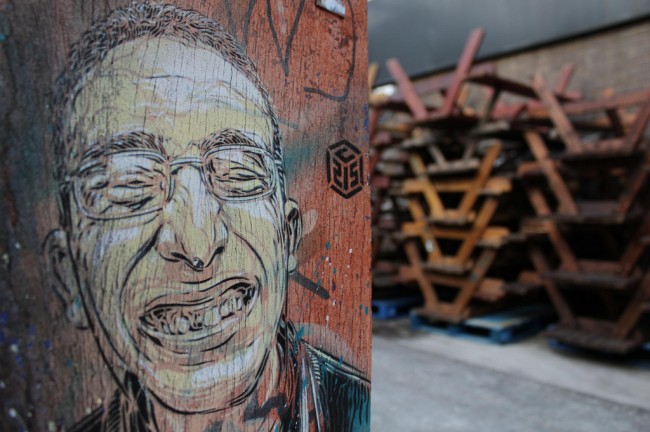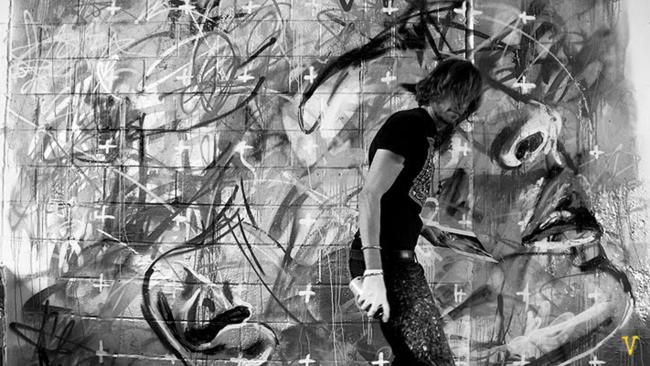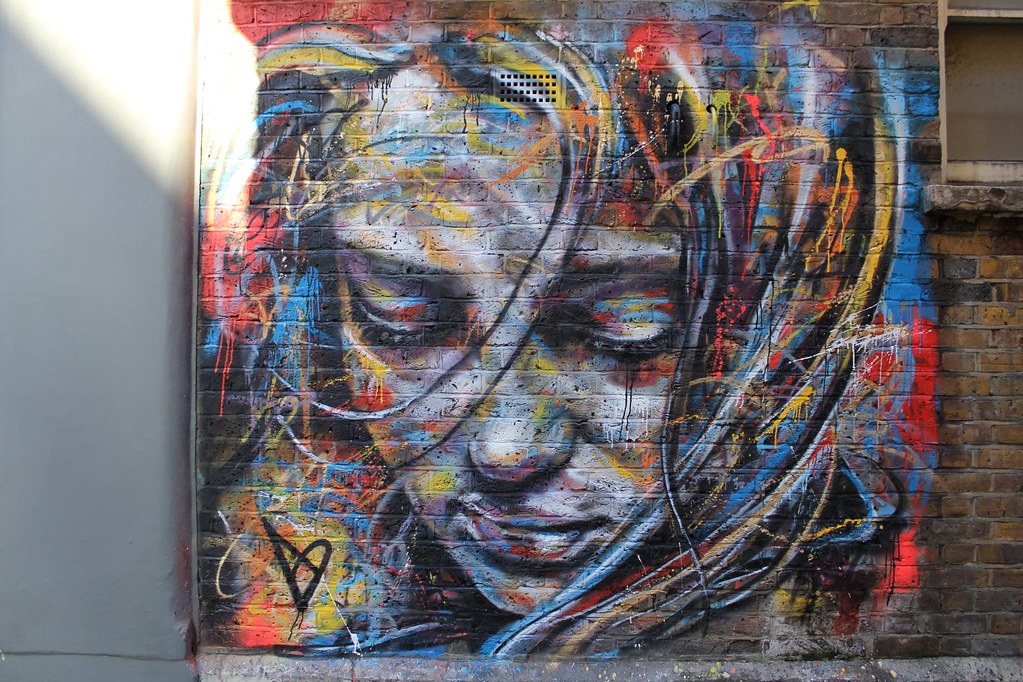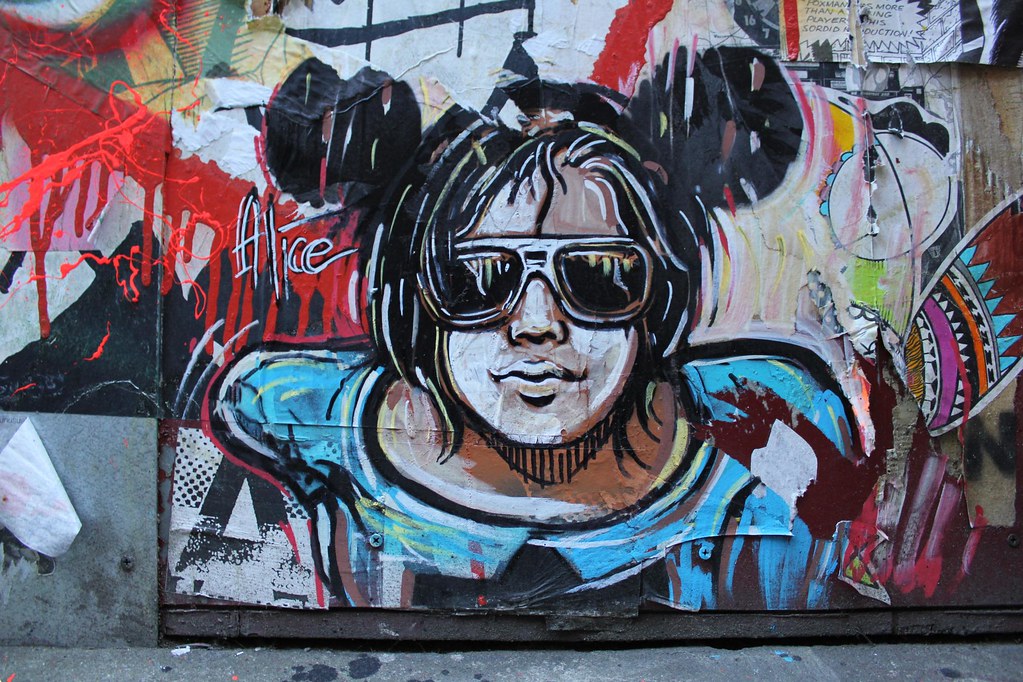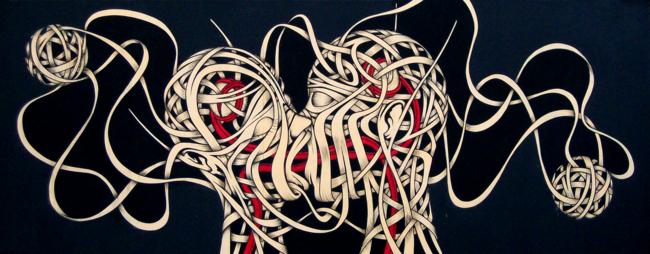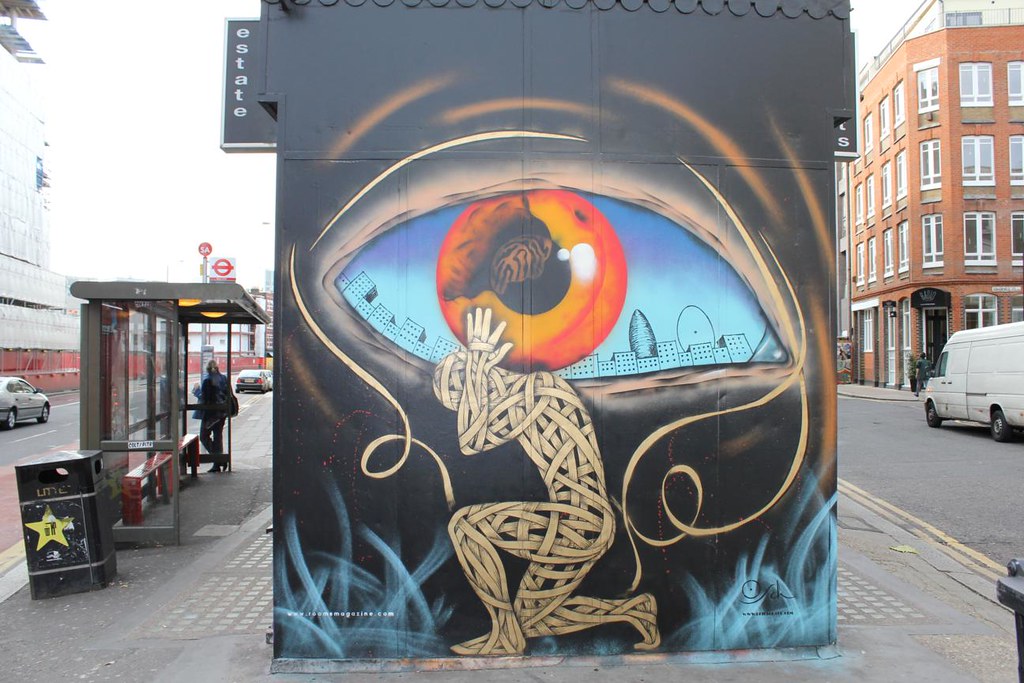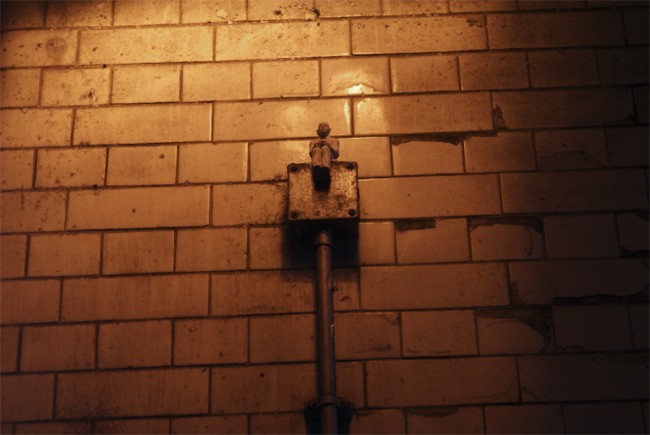
Creator of a tiny community of cement sculptures hidden and isolated around the city, Isaac Cordal invites us to reflect on the sad state of the world through his art. It holds a mirror up to society by recreating scenes of our everyday modern life reminding us of the numb passage of time, the overwhelming influence of consumerism and elimination of nature. Keep your eyes open!
Busy with his first solo book and ongoing projects, Isaac has taken a bit of time to answer some of our questions. Read on as he explains why he uses cement and on such a small scale, discusses the importance of placement of his sculptures and tells us a story about one of his installations created in a puddle in Dalston. All photos are Isaac Cordal’s unless otherwise indicated.
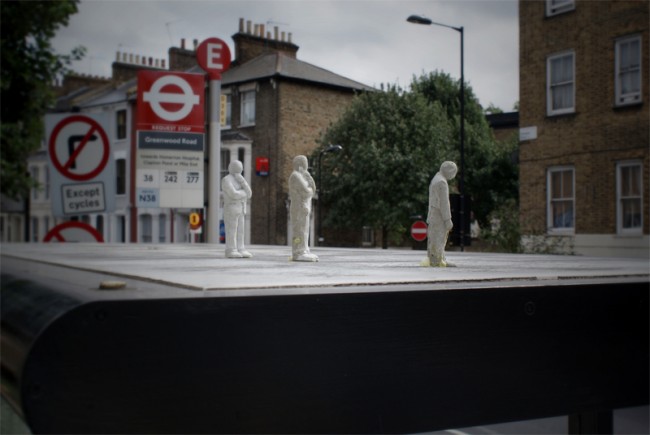
You come from a traditional fine art university background. Why and when did you decide to take your art into the streets?
The street is the perfect scenery for my sculptures. I could not imagine having to make big holes, carry water to fill pools; the city comes with all of this by default and it´s still free. Sometimes it’s difficult to find suitable sites and other days the city seems to be calling me.
My primary idea was to make models with rapid cement and manipulate tiny portions of urban areas but it dried too quickly. After a while I started to make silicone molds to multiply the sculptures. My first pieces in the streets were in 2006.

